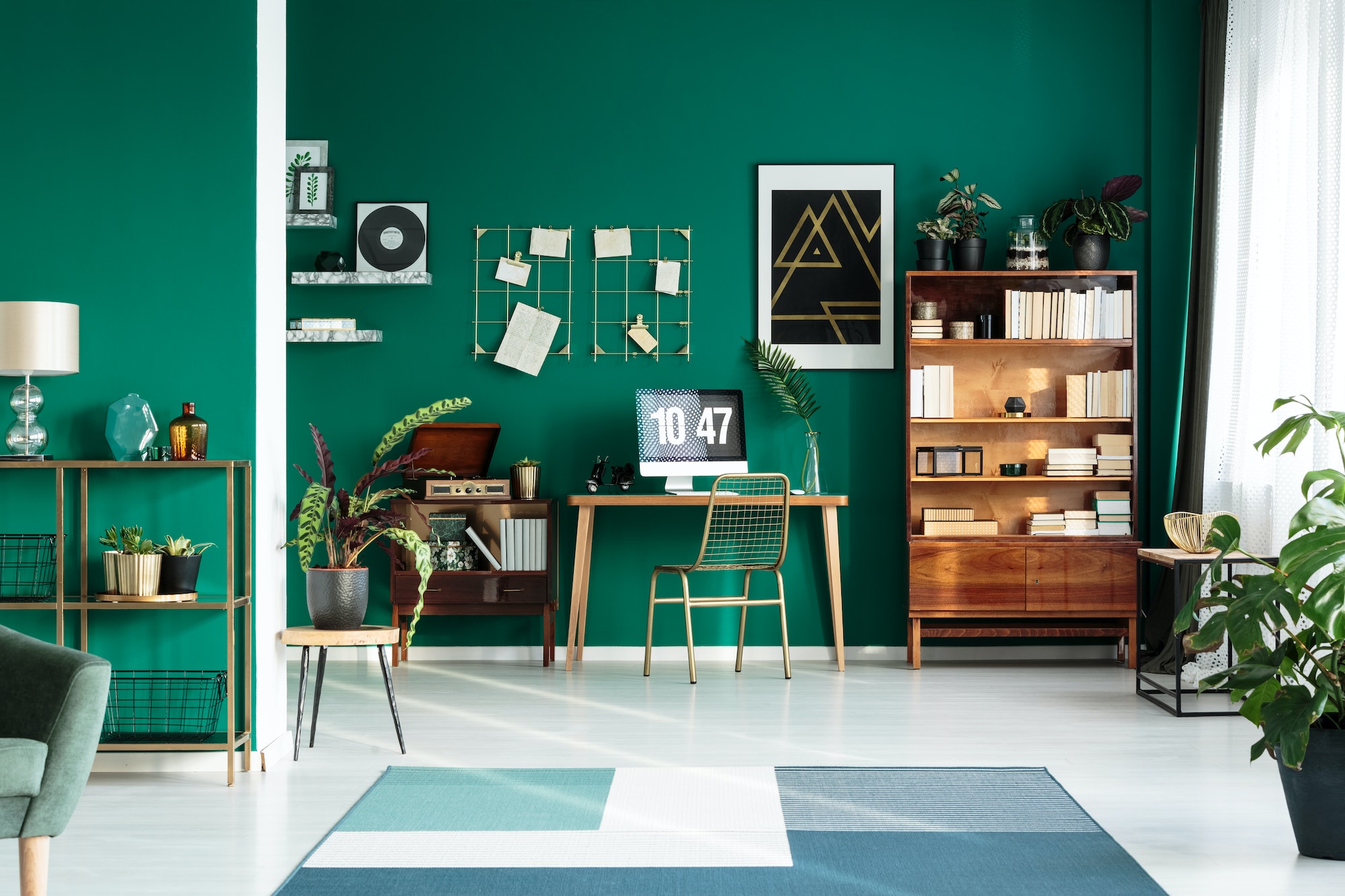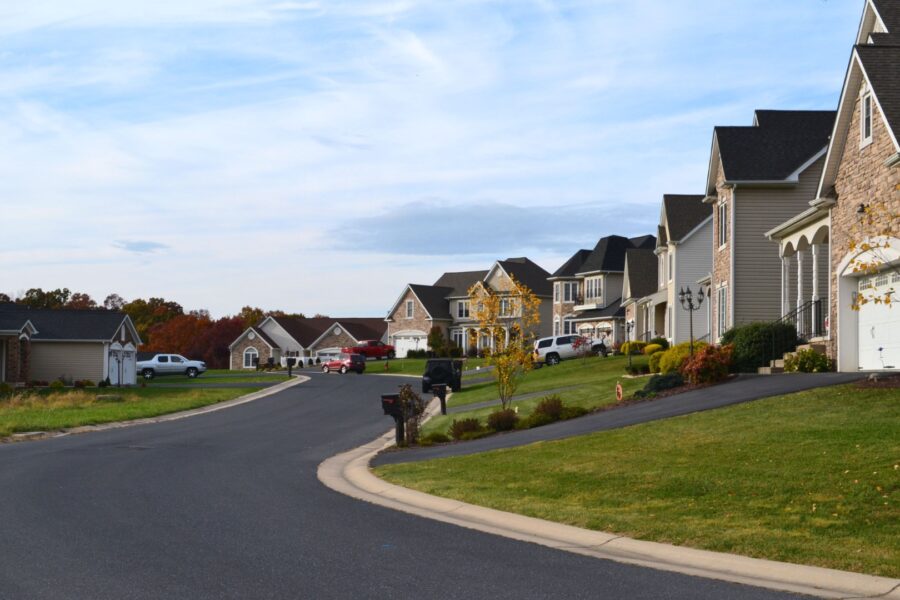After a year dominated by the explosion of Barbiecore – a vibrant aesthetic inspired by Barbie’s signature shade of pink – many homeowners may be finding themselves experiencing “pink fatigue.” While Barbiecore brought a playful and nostalgic splash of colour into home design, it seems some people are ready to trade their bright pink walls, furniture, and décor for a more understated look.
But what is driving this shift? And for those who remain committed to their love for pink, how can they keep the aesthetic alive without overdoing it?
The Barbiecore Boom
Barbiecore arrived in full force, thanks to the resurgence of Y2K nostalgia, the global buzz around the 2023 Barbie movie, and fashion and interior design trends embracing bold, cheerful tones. Homeowners, decorators, and influencers across social media were quick to jump on the bandwagon, coating walls in hot pink, installing pastel pink furniture, and layering vibrant shades across homes.
Pink, once seen as a risky or overly feminine choice for interior design, suddenly became the hue of the moment. Paired with minimalist and modern designs, pink felt fresh, exciting, and daring.
However, after a year of living with pink – a colour that stimulates emotions and adds a significant visual impact to any space – some are finding it a little overwhelming. The once playful and fun vibe of Barbiecore is beginning to feel a little too intense for daily living.
Why Are People Moving Away?
Despite its initial appeal, pink can be a challenging colour to live with long term. Its boldness makes it difficult to balance in a home, especially in rooms designed for relaxation, such as bedrooms or living rooms. The constant visual stimulation may become tiring for homeowners, leading to a growing movement of “pink hesitancy.”
This reluctance to continue with the bright and playful Barbiecore aesthetic can also be attributed to the natural ebb and flow of design trends. Homeowners are beginning to seek out looks that feel more timeless and versatile – styles that can evolve without major overhauls.
Pink, in its boldest forms, is hard to soften or neutralise once it’s been prominently featured in a space. Homeowners often feel trapped by its strong presence and start to crave more subtle or calming tones. The good news? There’s plenty of room for adaptation and alternatives.
Soft Transitions for Replacing Pink
Muted Neutrals: Light beige, cream, and taupe are popular choices for those looking to bring in some softness while maintaining warmth. These hues blend easily with various styles and still offer enough vibrancy to avoid feeling too stark or sterile. For example, natural wood flooring or light coloured tiles can add texture without overwhelming the room.
Pastel Shades: Instead of the intense hot pink that defined Barbiecore, consider shifting to more muted pastels, like blush pink, soft lavender, or mint green. These colours still offer a playful, feminine touch without overwhelming the space.
Earth Tones: If you’re seeking a natural palette that feels grounded, earth tones like terracotta, olive green, and warm ochres are fantastic alternatives. For instance, think of the warmth that comes with a brown wood floor. These colours introduce depth while creating a more relaxed, organic environment.
Warm Metallic Accents: Brass, copper, and gold accents can subtly bring richness and warmth into your décor. Paired with neutrals or softer shades, these metallic touches add elegance without making the space feel as “loud” as Barbiecore.
If You Still Love Pink
For those who still adore pink and want to continue incorporating it into their homes, there’s no need to abandon the shade entirely. Instead, focus on more strategic uses of the colour to avoid feeling overwhelmed.
Accent Walls or Décor Pieces: Instead of painting an entire room pink, try an accent wall. This way, you can keep the vibrancy but balance it with more neutral tones. Incorporating pink through smaller décor items – such as pillows, throws, vases, or art – can also help bring in just the right amount of playfulness.
Pair with Contrasting Colours: Consider mixing pink with contrasting colours to tone it down. Deep navy, charcoal grey, or forest green can create a sophisticated balance while allowing pink to pop in a more controlled manner.
Subtle Pink Hues Use softer shades like blush or dusty rose instead of bubble-gum pink. These hues are gentler on the eyes and can create a more mature, elegant atmosphere.
Balance with Textures: If you still want a vibrant pink in your home, use various textures to diffuse its impact. Velvet, linen, or matte finishes can soften the intensity and make pink feel more luxurious rather than overwhelming.
Discover more from Futurist Architecture
Subscribe to get the latest posts sent to your email.



